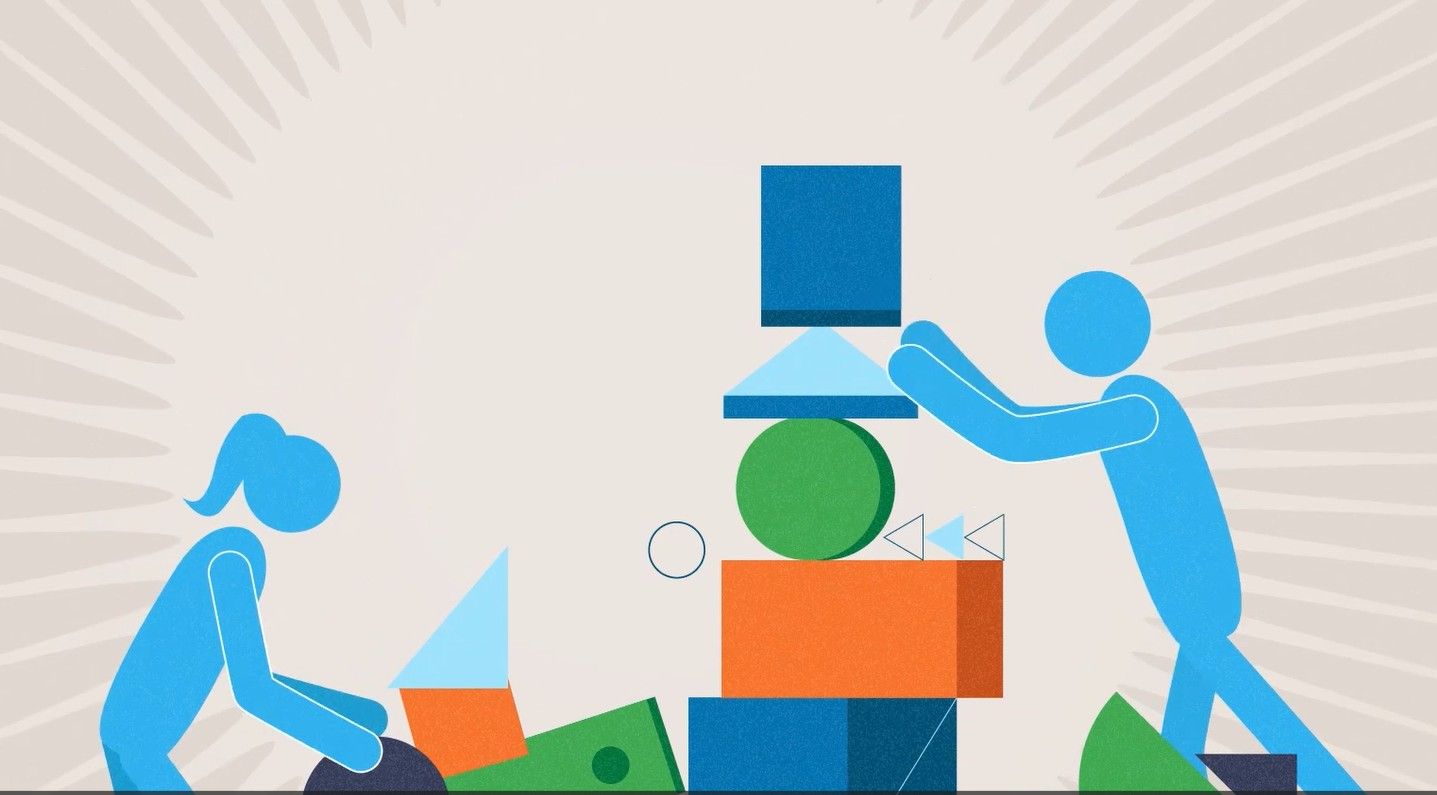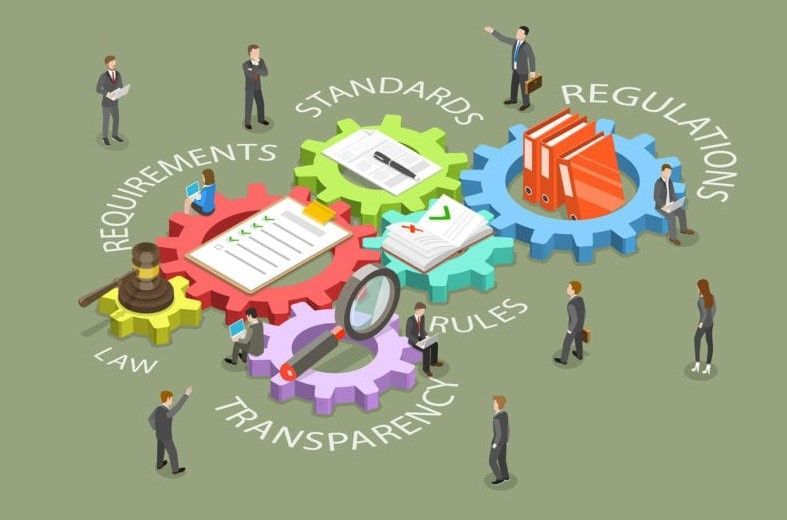Back to School, Back to Business
August 14, 2025
The summer holidays are over and the winter holiday s aren’t yet here. But excitement is in the air because autumn always feels like a new beginning. Make the most of all that energy by energizing your networking. Here are some tips.
To get started, let’s ask a question: Is networking the lifeblood of selling? Most business-to-business salespeople we know would say “Yes!”
Networking makes up a large part of what we do here at Productive Strategies, not only to keep the prospects coming but also to “stay in touch,” “keep current,” and learn as much as possible about what’s going on “out there.”
In just about any form of networking, at least in our experience, the fundamental operating principle is “Give Before You Get.” But how does it all come together?
The fundamental thing is that superior networking can’t be done well at the last minute. Conscientious networking takes commonsense, commitment, and consideration for other people.
Well, the secret is to do what the best shoppers do—you know, the people who have just the right birthday or holiday gifts bought, wrapped, and otherwise ready to go well before the big day? The good news is that their secret really isn’t really a secret- it’s just common sense, commitment, and consideration for other people.
The secret is to always be shopping. Not buying, mind you, but shopping: Paying attention to what’s being offered, what the best prices and values are, and, most importantly, which gifts might be right for which relative, friend, or business acquaintance. Online or brick-mortar, it doesn’t matter. When you see something that’s “just right” for someone on your list, you’ll know whether you can buy it with confidence.
The same thinking applies to superior networking. It cannot be done well at the last minute. Conscientious networking, just like conscientious shopping, takes commonsense, commitment, and consideration for other people. But, just like being able to completely enjoy the holidays because all gifts have been gotten, it does pay off.
Consider these networking best practices to be our early holiday gift to you.
- Listen—and ask questions. Amid social chit-chat, what might someone be telling you, either out loud or implied? When people say “Business isn’t great but OK,” for example, are they really saying they are having problems—marketing, sales, operations slowdowns, supplier issues? You can’t know without asking, “What do you mean?” Whether you learn something that benefits you directly isn’t the most important thing. At a minimum, you’re keeping current and fostering a relationship. Plus, you might learn something that can benefit someone else, something you can give before you get.”
- Think purposefully about your contacts. This group includes the obvious—customers, prospects, suppliers, colleagues. But it also includes others that might not come so quickly to mind: friends, social acquaintances, relatives- people you’ve met recently, even people you’ve just The same thinking applies: What do they need and want? Who do you know that they might help? Either end of these pairings can also be people you’ve just met. (Think “degrees of separation.”)
- Make the Match! Introduce your complementary contacts. These introductions don’t have to be formal or detailed. A quick e-mail works or an offer to set up a breakfast or lunch. You don’t have to foot the bill, and you don’t even have to be there. But you can sit in if you think it would help them or you. At an event, you can even get people together you’ve only just met—“Bob, I think you and Joanne have some things in common.” No need for you to say anything else or hang around. Just walk away.
Key Point: It’s important that you sincerely deliver value without expecting anything in return. If this sounds familiar, it’s because you also know it as “paying it forward” or, stretching the concept a bit, as a “random act of kindness.”
Finally, thanks to neuroscience, a relatively new but especially valuable tool is on the networking scene: the associative cognitive mindset .
What does that mean? An associative mind is one that sparks ideas when there is a stimulus, such as a stated need or objective. Ever notice that some salespeople have a knack for “keeping the ball rolling” in sales calls or conversations by bringing up related topics? Some can even tell appropriate jokes. Know why? It’s because these salespeople have an associative cognitive mindset. They hear something, not just in sales calls, and they naturally think of related things— sometimes jokes or stories. It’s just the way their minds work.
Warning: Once you see that you’re advancing serious business interests be careful not to let interesting side trips take you away from discovering what you need to know to make a sale. If you feel that happening, just ask a sales-related question. Bonus point: If you’re asking, you’re not telling.
At the next level, the same associative thinking enables some salespeople to create value for prospects and customers. That’s because when they hear about problems, they associate that problem with a solution—and often with a solution provider they know if they don’t have a solution themselves. That provider is usually someone they’ve met before, but it could be someone that a colleague, friend, or customer has complimented or endorsed. The source can even be something you’ve read or heard online.
Key Point: Some networking gurus are born with an associative cognitive mindset. It’s a talent. But you can also develop it as a tool—a skill—by practicing it. Every time you meet someone, for example, actively think about other people with similar interests you could introduce them to. Or simply do it for anyone you talk to, even people you already know. (It’s one of the things we teach in our popular consultative selling course, FOCIS®.) From time to time—or, better, regularly—review your customer and prospect lists to see what connections pop up.
Consider these networking best practices to be our early holiday gift to you.
- Checking the attendee list, if possible. See whether you can help two or three specific individuals who are going to be there. You don’t have to know the exact issue an attendee might have. Just prioritize meeting those people whose businesses might benefit from your products or services. Keep in mind that you might know someone else who could help them or other attendees. We sometimes find it useful to introduce ourselves and set up appointments ahead of time.
- Coming up with conversation-starting topics and questions. These can target individuals or simply of general, though professional, interest. Being prepared with something to say gives you an answer to the too-often unsettling question of “What do you say after you say hello?”
Here are a few examples.
At professional events: What brings you here today? What are you looking to get out of this event? What other, similar events have you been to?
At social activities or less business-oriented events: How do you know (the host, honoree, or speaker)? Do you know very many people here? Are you new to the neighborhood?
To learn more about how to customize your personal approach to networking, just contact us at 847-446-0008 or pkrone@productivestrategies.com .
The post Back to School, Back to Business appeared first on Productive Strategies, Inc..










